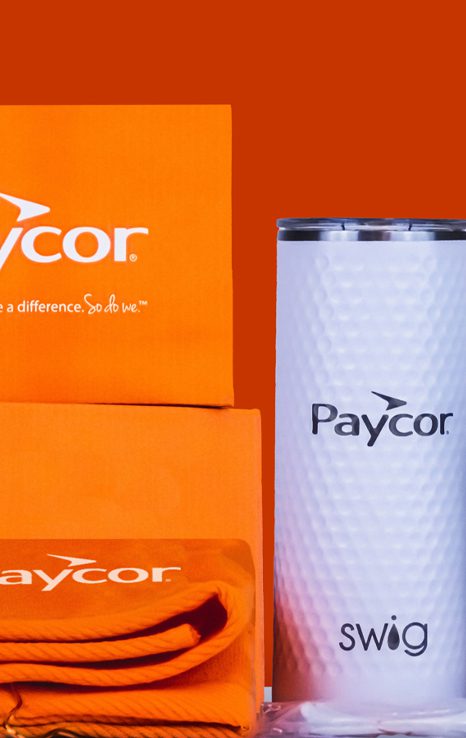In the context of marketing, branding, and printed products, understanding the neuroscience of touch can have significant implications for how businesses design and promote their products and services. Consequently, by harnessing tactile experiences, and introducing a sensory dimension to brand interactions, brands can forge positive and memorable interactions with consumers.
Here are a few reasons why touch is crucial to a brand experience:
- Emotional Connection: Touch has a direct link to emotions, and can evoke positive feelings and associations with a brand. A physical and pleasant touch can create a sense of comfort, trust, and intimacy – strengthening the emotional bond between consumers and the brand.
- Sensory Engagement: By engaging the sense of touch, brands can provide a more immersive and multi-sensory experience. This engagement helps consumers remember the brand more vividly, and increases the likelihood of recall when making future purchasing decisions.
- Perceived Value: The tactile qualities of a product or its packaging can influence consumers’ perception of its value. A well-crafted, tactile experience can create the perception of a premium or luxurious product, leading consumers to be willing to pay more for it.
- Brand Differentiation: In a competitive market, creating unique and memorable brand experiences is essential. Incorporating touch as part of the brand experience can differentiate a brand from its competitors, and leave a lasting impression on consumers.
- Trust and Credibility: A positive, tactile experience with a brand can enhance its trustworthiness and credibility. Consumers tend to place more confidence in a brand they can physically connect with, which can influence their purchasing decisions.

In today’s digital age, touch remains a powerful way we engage with our world, especially in marketing. Professor Joann Peck from the University of Wisconsin-Madison explains that incorporating a tactile experience at the end of a product interaction enhances perceptions of quality and customer satisfaction. She indicates that simply touching a product fosters a sense of ownership – boosting its perceived value. If this is the case, then visually enticing consumers to pick a product from the shelf, in order to touch it, is the targeted goal.

Through innovative digital printing techniques, brands can use complex print embellishments, like clear polymer and digital foil applications, to stand out and create meaningful sensory connections. This approach not only forms positive memories, but also elevates brand perception, enhancing ROI. As the saying goes, “seeing is believing,” but touch truly leaves a lasting impact.

Additionally, the unboxing experience, which is often the first physical interaction a customer has with a product, can be profoundly influenced by touch. The sensation of unwrapping, the texture of packaging materials, and the physical act of revealing the product can all contribute to the initial impression consumers form about the brand and its offerings. This initial touchpoint, and the quality of packaging, can set the tone for the entire brand experience, highlighting the importance of creating a positive and memorable first impression.
Ultimately, the role of touch in marketing, branding, and consumer decision-making is profound. By harnessing the power of tactile experiences, brands can create stronger emotional connections, enhance brand perception, and influence purchasing decisions. From the unboxing experience to the broader realm of consumer behavior, touch is a fundamental aspect of how we engage with the world around us. •
Sources:
- “A Communicator’s Guide to the Neuroscience of Touch – Tome One: Haptic Brain, Tome Two: Haptic Brand.” A Project of Sappi North America, 2015.
- “Reach Out and Touch: The Joy of the Physical in the Digital Age.” Published as a partnership between Sappi Europe and John Brown, 2020.





































